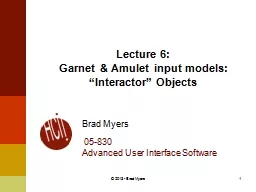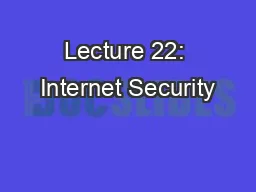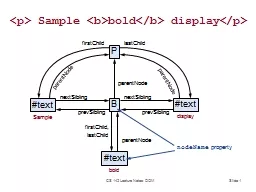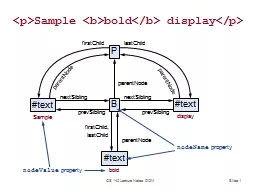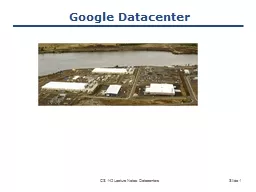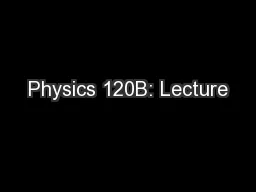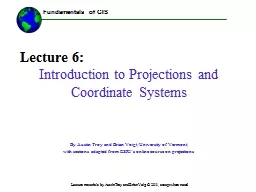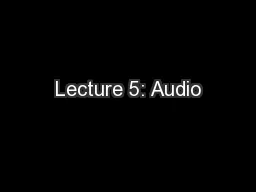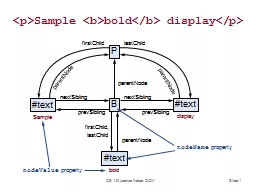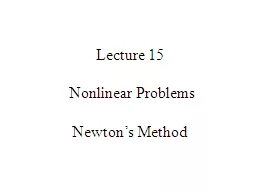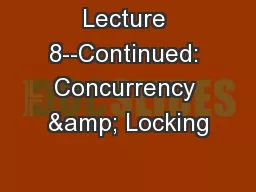PPT-1 Lecture
Author : sherrill-nordquist | Published Date : 2015-11-28
6 Garnet amp Amulet input models Interactor Objects Brad Myers 05830 Advanced User Interface Software 2013 Brad Myers 2 Overview Try to provide more support
Presentation Embed Code
Download Presentation
Download Presentation The PPT/PDF document "1 Lecture" is the property of its rightful owner. Permission is granted to download and print the materials on this website for personal, non-commercial use only, and to display it on your personal computer provided you do not modify the materials and that you retain all copyright notices contained in the materials. By downloading content from our website, you accept the terms of this agreement.
1 Lecture: Transcript
Download Rules Of Document
"1 Lecture"The content belongs to its owner. You may download and print it for personal use, without modification, and keep all copyright notices. By downloading, you agree to these terms.
Related Documents

